In Valencia, Spain, the Grao Flour Mill, under the visionary hands of VAM10 arquitectura y paisaje, undergoes a transformative renovation focused on promoting entrepreneurship. This historical building becomes a hub for training, business incubation, and innovative ventures, encompassing start-ups, social innovation, and the maker movement. The restoration project marks a pivotal “in process” intervention, breathing new life into a structure that has evolved with technological adaptations while preserving its architectural character.
Architectural Evolution: A Technological Symphony
Originally constructed in 1921, the Flour Mill Building was later complemented by the Burben Building in 1941, forming a cohesive complex. Over the years, technological advancements led to the replacement of the original wooden and subsequent steel structures with a contemporary prefabricated concrete framework. This evolution reflects the building’s ability to adapt while safeguarding its industrial heritage qualities.
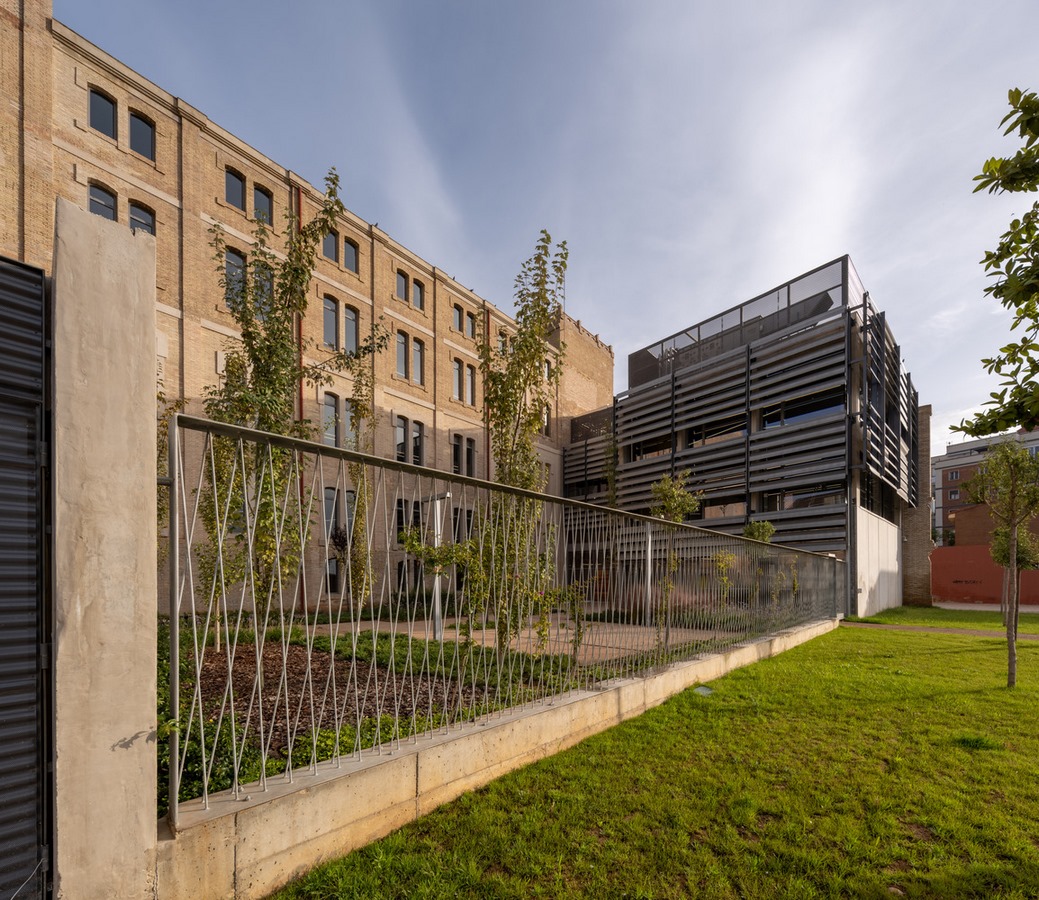
Multifaceted Historical Layers: Bodies Built Over Time
The Grao Flour Mill complex comprises various bodies constructed at different intervals, showcasing the dynamic growth of the site. The Flour Mill Building and the Burben Building, complemented by a service courtyard, stand as witnesses to the industrial progression. An annex in the 1960s and now-disappeared silos added another layer to the ensemble. The remnants from these historical phases, including existing facades, serve as foundational elements for the ongoing restoration.
From Imminent Ruin to Structural Resilience
Facing the threat of imminent ruin, the City Council intervened with an emergency consolidation effort. This “Structural Consolidation” project laid the groundwork for stabilizing the building, ushering it into a continuous “in-process” concept. The intervention aimed not only to secure the structure but also to align with the building’s inherent life process, maintaining its volumetric character and architectural presence in the city.
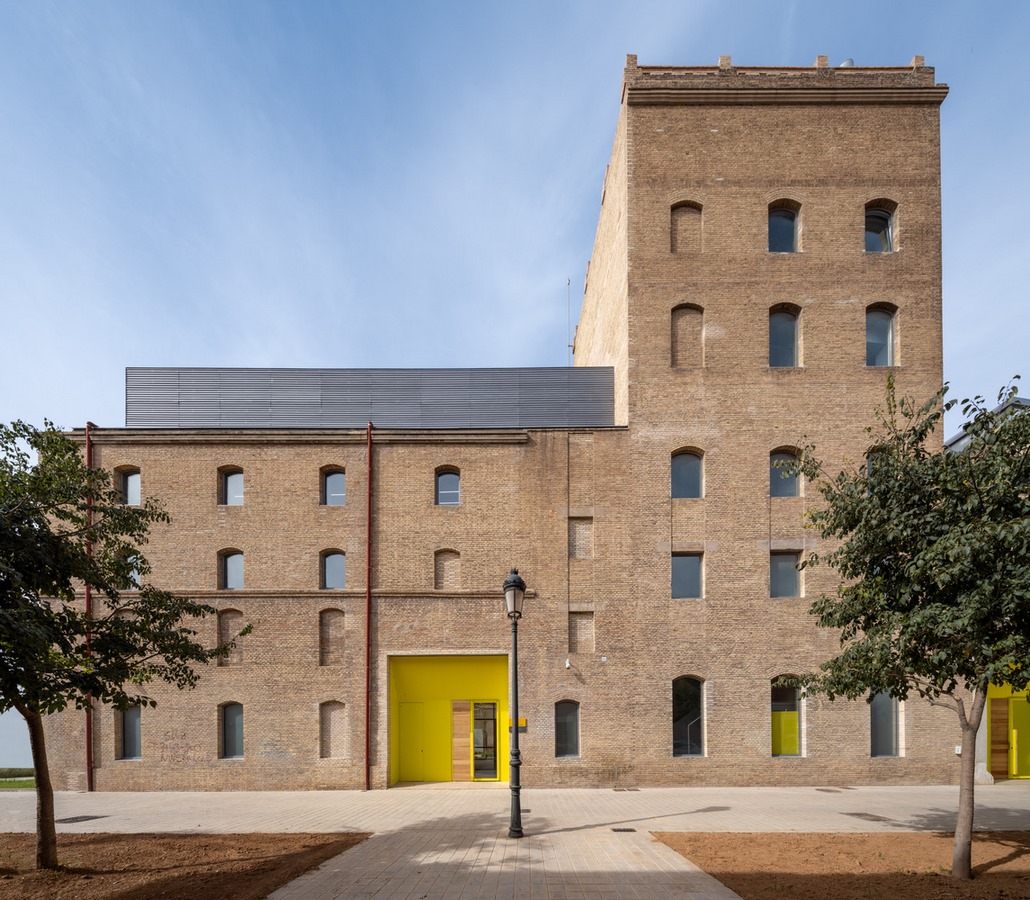
Adapting with Purpose: Contemporary Solutions for Heritage Preservation
The restoration project seamlessly integrates contemporary solutions into the historical fabric. New floors are introduced, stabilizing surviving facades, and addressing structural challenges inherent in industrial structures. The proposal deftly tackles issues of stability, fire resistance, and spatial characteristics, essential for industrial architectures of the 20th century. The use of prefabricated concrete replaces original wood and steel structures, acknowledging technological changes while preserving the enduring architectural qualities of the industrial heritage.
VAM10 arquitectura y paisaje’s meticulous restoration of Grao Flour Mill stands as a testament to the harmonious coexistence of history and modernity, turning an industrial relic into a vibrant center for entrepreneurship and innovation. The adaptive reuse showcases a delicate balance between preserving heritage and embracing contemporary necessities.


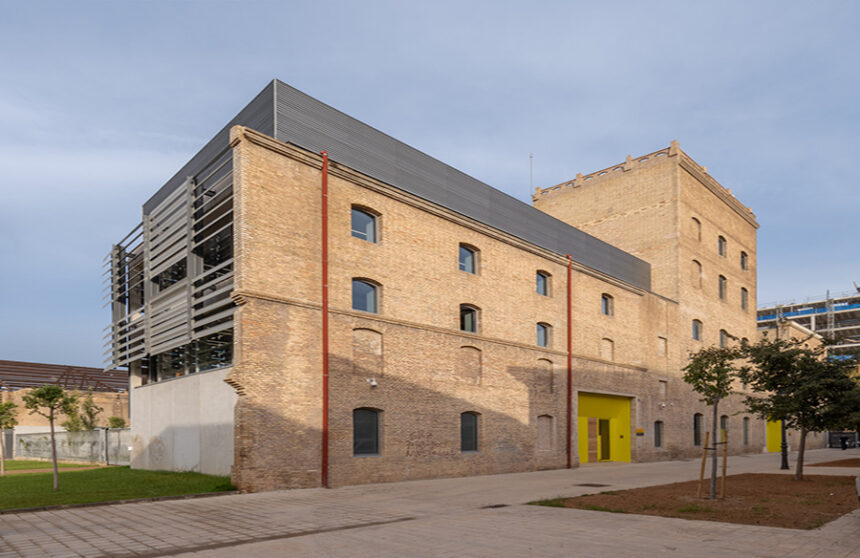
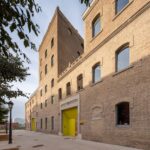
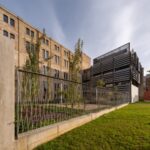
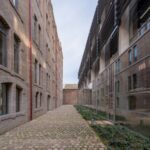
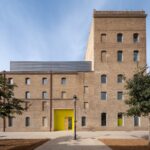
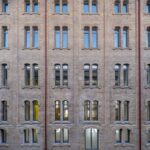

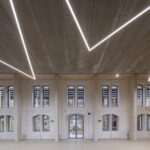
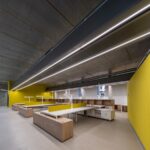
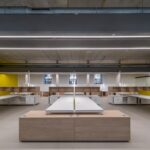

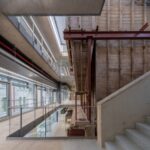
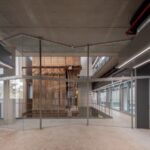
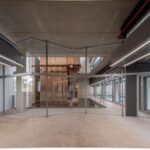

Leave a Reply